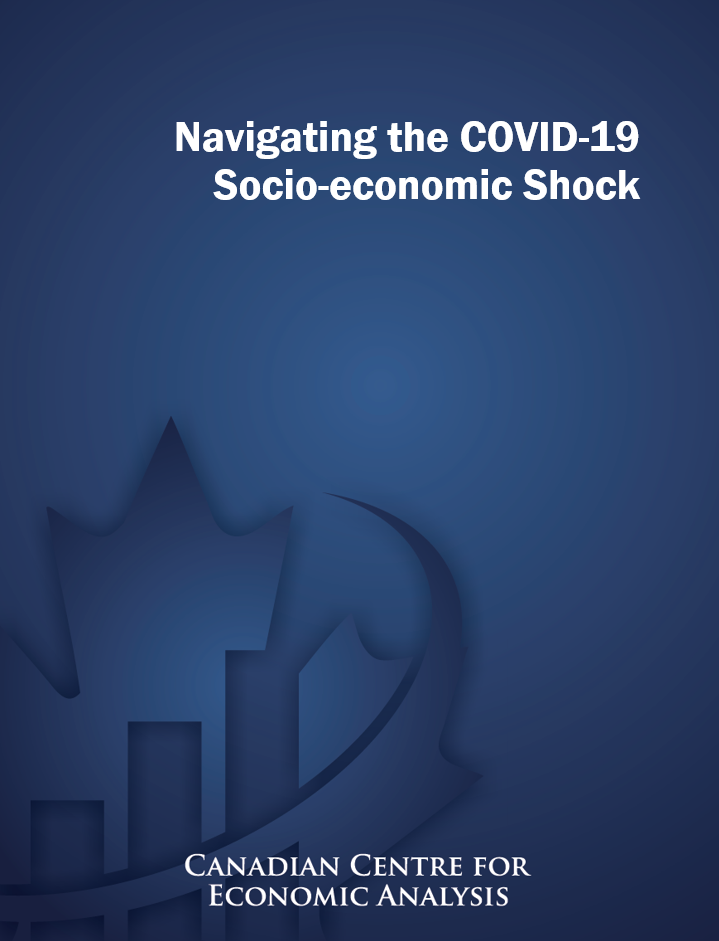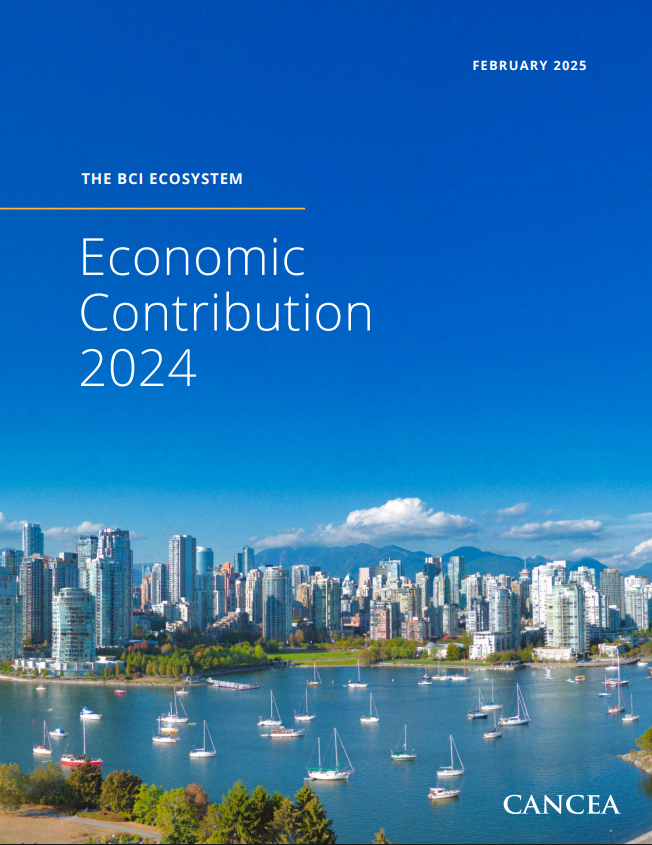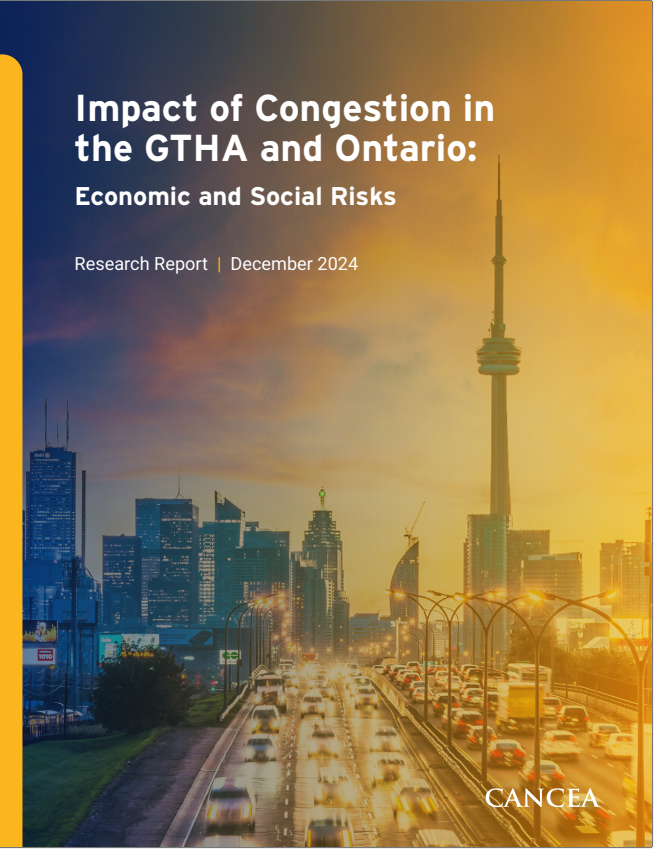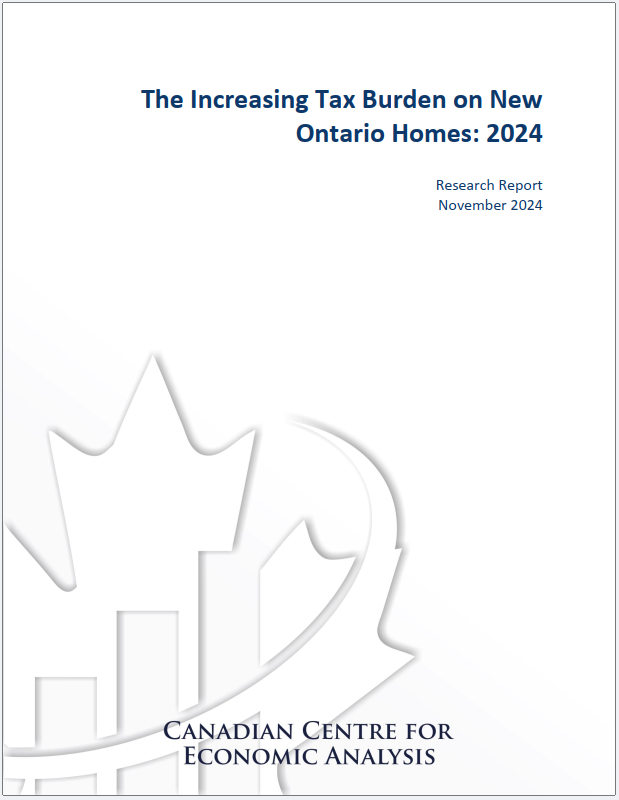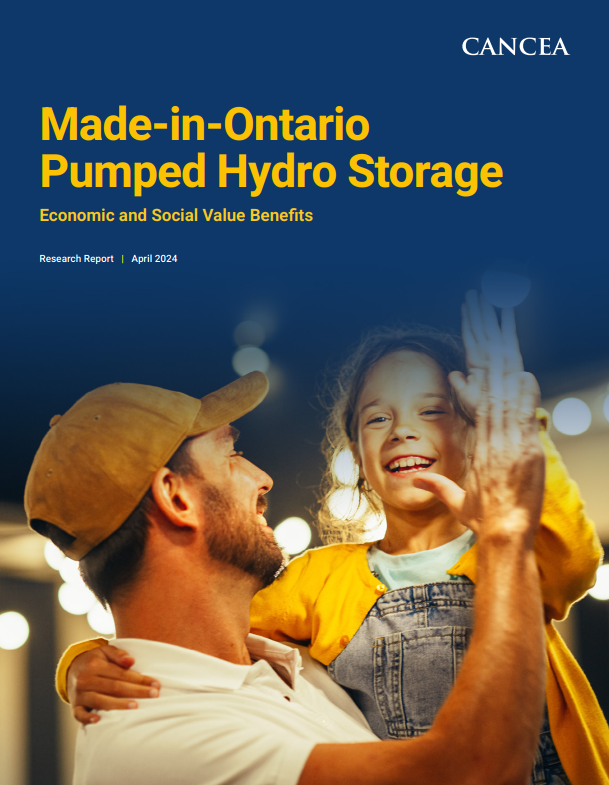How infrastructure investments will facilitate future growth in Ontario
View a short video summarizing the report’s main findings here.
Municipal governments are facing the prospect of large operating deficits due to the heightened need for services and a simultaneous drop in revenue. Combined with a significant expected decline in GDP, this could put Ontario’s infrastructure investments at risk, which will have long-term implications for growth even after the threat of COVID-19 has passed. Unless governments work together to support municipal infrastructure investments, employment and tax revenues will take a hit over the next decade.
This report examines two contrasting scenarios for the next 10 to 30 years, based on different levels of infrastructure spending:
- A “Risk Scenario,” where the federal and Ontario government investment levels are kept at the same percentage of GDP that had existed at pre-crisis levels and municipal operating deficits are paid for out of Ontario’s capital budget. Under this scenario, Ontario would have 55,000 fewer jobs, on average, per year over the next decade, with the federal and provincial governments losing $8 billion and $12 billion, respectively, in revenue over the period; and
- A “Preferred Scenario,” where the federal and Ontario governments invest at pre-COVID levels and the federal government covers the majority of municipal operating deficits. Under this scenario, Ontario would gain 61,000 jobs, on average, per year over the next 10 years, and the federal and provincial governments would receive $9 billion and $13 billion, respectively, in revenue.
This analysis aligns with the Federation of Canadian Municipalities’ estimate that $10 to $15 billion is required to cover all municipal operating deficits for 2020. For Ontario, it recommends a $3-billion federal contribution, equivalent to 56 per cent of municipal deficits.
Previous CANCEA reports commissioned by the RCCAO have shown that the infrastructure investment gap is growing in Ontario. It is now at risk of being made worse by the COVID-19 crisis. State-of-good-repair spending is often seen as a prudent stimulus measure because it provides immediate economic impact and tends to be more labour intensive. This analysis shows, however, that also investing in major projects is important for boosting long-term growth.
The full report is available from RCCAO.
